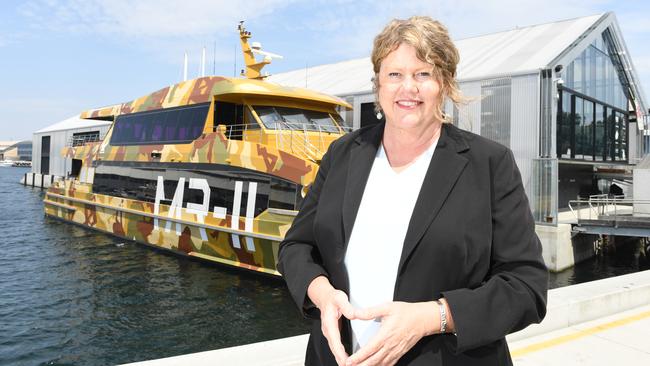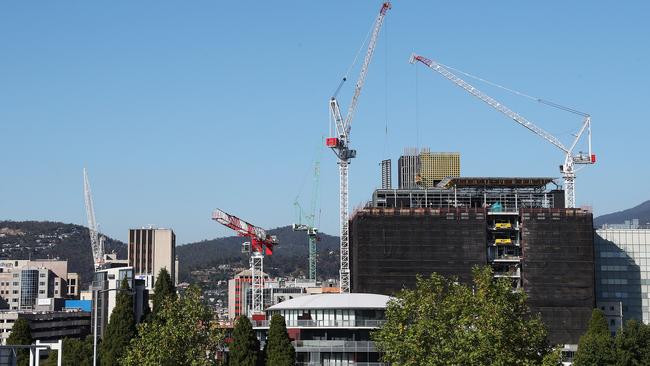Hobart City Council to vote on big-picture plan for city’s future
The Hobart City Council may soon be on the way to developing a “coherent masterplan” to help shape the city’s development for decades to come.
Politics
Don't miss out on the headlines from Politics. Followed categories will be added to My News.
THE Hobart City Council will attempt to create a defining vision for the city to help shape development for coming decades.
The council plans to spend up to $150,000 developing the Central Hobart Precinct Plan, which would aim to address a number of current issues in a single holistic plan.
Those issues include building height and form, the University of Tasmania relocation, traffic and movement and housing supply.
The proposed precinct planning, common in cities around the country, would be a first for Tasmania.
It would:
SET out zones where growth and change is envisaged.
DETERMINE optimal built form and building controls within each zone.
INFORM preparation of new planning standards across Greater Hobart to support the Hobart City Deal.
More than 60 blocks and 1300 lots are incorporated in the inner-city blueprint which would be bounded by Davey St to the south, Burnett St to the north, the Brooker Highway in the east and Molle and Harrington streets in the west.

The proposal has the support of Housing and Planning Minister Roger Jaensch, who met with elected members last week and indicated the State Government was prepared to contribute half of the cost.
A report on the proposed precinct plan is set to go before a special City Planning Committee tonight.
If approved, it would then be considered by the full council.
Lord Mayor Anna Reynolds said a precinct plan would put council on the front foot in communicating what development it was looking for.

“The community have been calling for years for better strategic planning in the city and now, with the Hobart City Deal as a catalyst, we can start doing this,” Cr Reynolds said.
“It provides the opportunity to address economic and social issues that are impacting on a city and develop a vision and plan that guides both private and public investment.
“If council agrees to take the next step, we will be on the way to developing a coherent masterplan to help shape the city’s development in the coming decades.”
She said rather than always reacting to developments, this was an opportunity to create and communicate a vision for the city and identify under-utilised areas “ripe for urban renewal”.
If approved, it would see local and state government team up to produce a proactive plan for Hobart.
In a letter to the Lord Mayor last month, Mr Jaensch said a more holistic approach was desirable to “avoid solving problems in one area, only to create more in another”.
He said the Government believed the growing demand for housing, education, business and tourism across Greater Hobart would be best managed through good urban design and careful planning.


